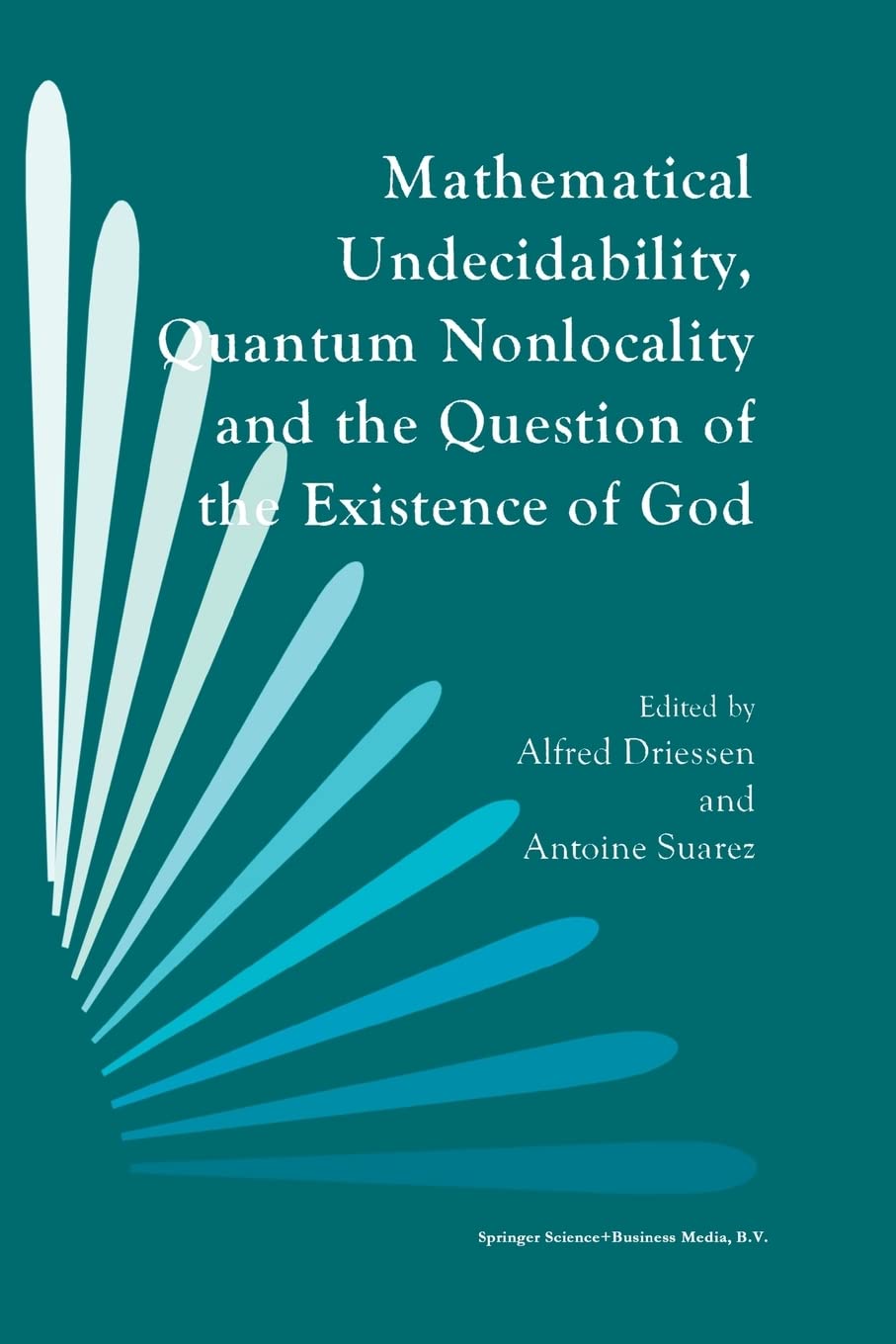Quantum nonlocality is the phenomenon by which particles that have interacted with each other can remain correlated even when they are separated in space. This effect was first predicted by Einstein, Podolsky, and Rosen in their 1935 paper “Can Quantum-Mechanical Description of Physical Reality Be Considered Complete?”, and later experimentally demonstrated by John Bell in 1964.
Since then, quantum nonlocality has been studied extensively both theoretically and experimentally. It has important implications for our understanding of quantum mechanics, as well as for the field of quantum information. In particular, quantum nonlocality can be used to create secure communication channels that are resistant to eavesdropping.
The most common way to demonstrate quantum nonlocality is through the use of entangled particles. Entanglement is a property of certain pairs or groups of particles whereby their individual states cannot be described independently of each other. Instead, the state of each particle must be described relative to the others.
If two particles are entangled and one is measured, the measurement will instantaneously determine the state of the other particle regardless of how far apart they are. This effect violates classical ideas about causality, since there is no way for a signal to travel between the two particles faster than light.
Experiments have shown that quantum entanglement can occur over arbitrarily large distances. In fact, it has been demonstrated between particles separated by over 1 kilometer! Theoretically, there is no limit to how far apart entangled particles can be; however, in practice it becomes increasingly difficult to maintain a strong entanglement as distance increases.
There are many different types of experiments that have been performed to test for quantum nonlocality. One particularly famous set of experiments was conducted by Alain Aspect in 1982. These experiments involved measuring polarization states of photons that had passed through a special type of crystal called a nonlinear crystal (which creates entanglement). By varying the orientation of his apparatus, Aspect was able to show that measurements on one photon would instantly affect measurements on its partner photon regardless of how far apart they were- a clear violation of classical causality!


